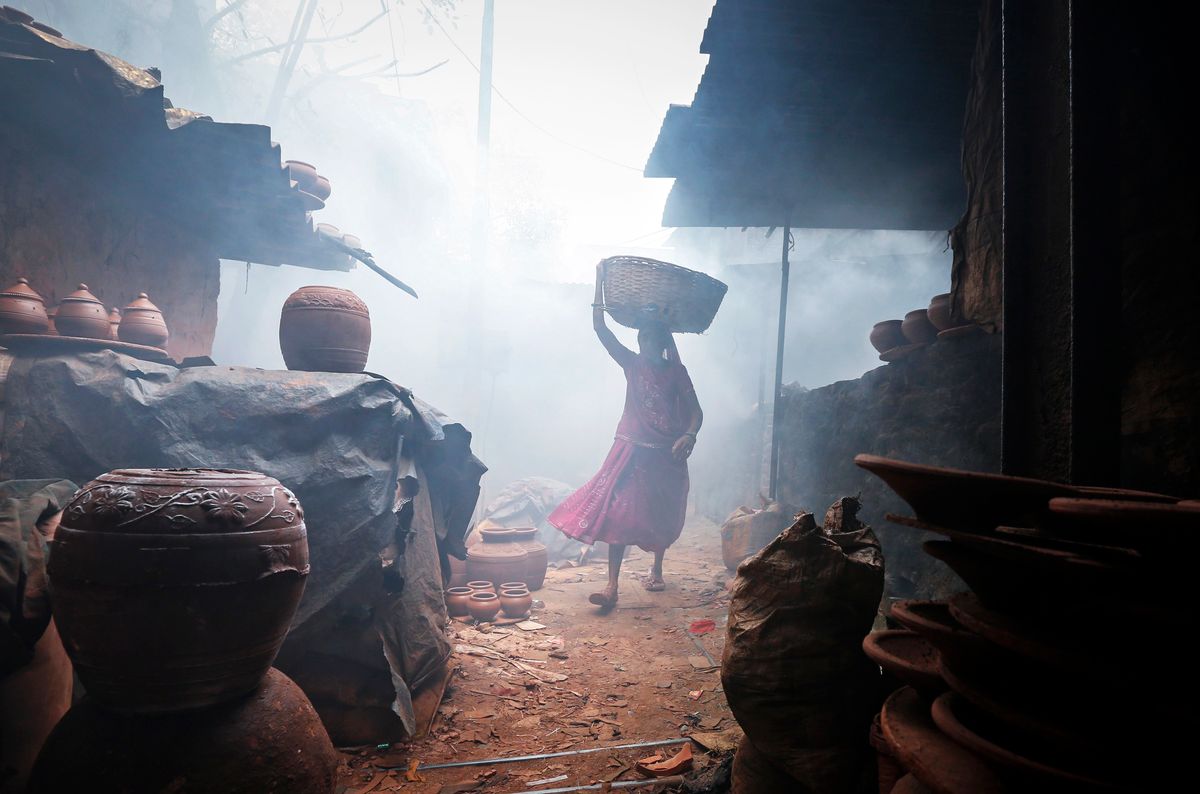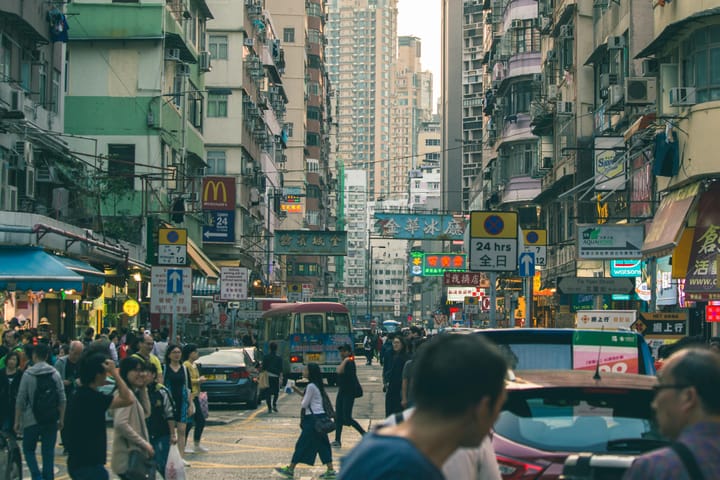Indian billionaire Gautum Adani is redeveloping India’s largest slum
Indian authorities are calling the project "the world's biggest renewal scheme."

A few minutes every morning is all you need.
Stay up to date on the world's Headlines and Human Stories. It's fun, it's factual, it's fluff-free.
A few weeks ago, we reported that Asia has a new richest man – Gautam Adani. Well, Adani is involved in a few different industries but is known for energy and real estate. Earlier this year, he said his company, Adani Group, would invest more than US$100 billion over the next 10 years, most of it for transitioning to renewable energy. Adani Realty has also been involved in a lot of development and redevelopment projects, especially in India.
On Tuesday, Adani Enterprises won the right to redevelop Mumbai's Dharavi neighborhood, which is known as India's largest slum. The company made a bid of 50 billion rupees (US$612 million). This is also the slum that was featured in "Slumdog Millionaire," a movie that made the slum famous. Indian authorities are calling the project "the world's biggest renewal scheme." For people who moved to Dharavi before 2000, India promised to resettle them into 300-square-foot houses for free. They’ll resettle anyone who moved there after for a price. The details of the redevelopment are still unavailable.
Key comments:
“Without any concrete solutions to specifically address the problems of Dharavi, we might just end up in a multi-storied slum,” said a Dharavi resident, Bhau Korde, to VICE World News.
“It will be a township – a city within a city, with mixed land use, both commercial and residential,” SVR Srinivas, CEO of the Dharavi Redevelopment Project, told Reuters.
“It makes more sense for Mumbai to provide new infrastructure in existing areas, rather than build them in new areas. Dharavi sits on nearly 700 acres of landmass in the heart of the city, sandwiched between an international financial district and the airport. It makes sense to develop this land,” explained Indian urban and public transport planner Bhaumik.




Comments ()